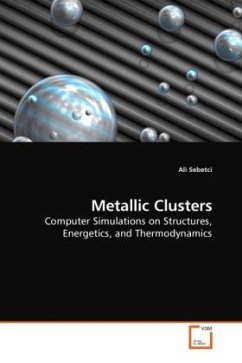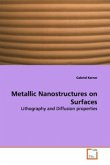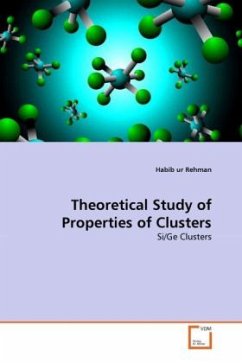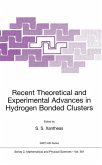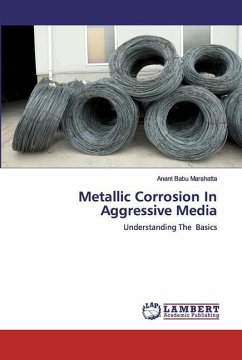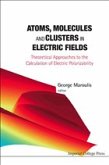Use of metal and semiconductor clusters as components of nano- devices is one of the most important reasons, which explains, why there are considerable theoretical and experimental interest in the study of gas phase and supported metal clusters within the last several decades. Due to their finite size, these small particles may have totally different structures and material properties than their bulk crystalline forms. Furthermore, these properties may sometimes change drastically whenever a single atom is added to or removed from the cluster. A systematic study of evolution of these properties with size allows elucidation of the transition from the molecular structure to their condensed matter phases. Clusters, in particular metal clusters, play an important role in many chemical reactions as catalysts, as well. Structures of the small metal clusters in reactions can have a major effect on rate of formation of the products. In this book, we report the global minima and the melting behavior of the aluminium, gold and platinum metal clusters modelled by the Voter-Chen version of the embedded atom model potential containing up to 80 atoms.
Bitte wählen Sie Ihr Anliegen aus.
Rechnungen
Retourenschein anfordern
Bestellstatus
Storno

